Are you wondering about the main rules of padel. Here is a general point on the regulation of padel governed by the French Tennis Federation (FFT).
Field
- The playing area is a rectangle 10 m wide and 20 m long.
- This rectangle is divided in the middle by a net.
- There are no hallways.
- The court is closed with side grilles and the bay window (or a wall) at the bottom.
- The lines :
- service lines parallel to the net are 6,95 m from the net.
- centers (or the center line) allowing to define identical service squares is therefore located 5 m on each side of the court.
- central (or central line) extends 20 cm beyond each service line.
- All lines are 5 cm wide.
Equipment
The net
The net measures 10 m in length, for a height of 0.88 m in its center. It is slightly raised at its ends, up to a maximum height of 0.92 m.
The ball
The balls used in official competition must be approved by the French Tennis Federation.
The ball should be uniform in color, yellow or white. Its diameter must measure from 6.35 to 6.77 cm. Its weight must be between 57 and 59,4 g.
Racket
The racket padel must comply with the names of the International Federation of Padel (FIP).
It must not exceed 45.5 cm in length, 26 cm in width and 38 mm in thickness.
Its weight is approximately 370 g. A wrist strap is connected to the handle. It is mandatory to wear it in competition.
Rules
Player positions
Le padel is played almost in doubles. The practice in competition approved by the FFT is only done in duplicate.
The two pairs (made up of 2 players each) can position themselves anywhere in their own camps.
Please note:
- the server as the mandatory rebound before serving must be behind the baseline.
- The receiver must be on the diagonal of the server. In general, the receiver is always behind the service league because it is forbidden to volley on a service.
Dots
Le padel borrows his points system from tennis.
It takes 6 games to win a set and the team that wins 2 sets wins the game.
A game is broken down exactly as in tennis: 15/0, 30/0, 40/0, with the application of the decisive point in the event of a tie at 40A.
In the event of a tie:
- 6 games everywhere, we play a decisive game, like tennis.
- in one round everywhere, a super 10-point tie-break will be played as the third round.
The service
- The throw-in is done by spoon, with 2 service attempts (first and second ball).
- The server first bounces the ball (behind his own service line) and then hits it under the belt.
- The server must play behind the service line.
- The ball must bounce in the opposite service box before it is struck by the catcher
- If the ball does not bounce in the square, it is a foul.
- After passing the net, any ball that first touches a surface other than the ground is the server's fault.
- If she bounces in the square and touches the fence before having passed the service line (receiver side), she is also foul.
- If the ball hits the net and rebounds into the square. she is let.
- If she hits the fence before the second rebound, she is at fault.
Exchange and rebound
With the exception of serve and return of serve, a ball may be volleyed.
The ball is only allowed one bounce on the ground. In the rally, after a bounce on the ground, the ball may touch any other surface except the ground of its own court. Thus, the door handle, the fences and the walls are an integral part of the land.
The second rebound on the ground causes the loss of point.
The ball may be taken out of the court if and only if a second bounce on the ground has not been made.
There is a winning point if, after a rebound in the opposing court, the ball returns to its own court without having been touched by an opponent.
Once the ball is in play, all the balls which pass the net must first bounce on the ground of the opposing camp before touching a wall.
Players can hit the ball after a bounce (or more) on a wall to return it to the opposing court.
Like in tennis, the ball can only bounce once in your court and it can only be hit once.


















































































 Premier Padel Brussels P2 – A 2.0 version of the final in Chile?
Premier Padel Brussels P2 – A 2.0 version of the final in Chile? P1000 PadelShot Saint-Étienne – Pierre Vincent and Arthur Hugounenq, the kings of the “comeback”
P1000 PadelShot Saint-Étienne – Pierre Vincent and Arthur Hugounenq, the kings of the “comeback” Premier Padel Brussels P2 – Brea/Gonzalez, a tenth title together!
Premier Padel Brussels P2 – Brea/Gonzalez, a tenth title together! Guillaume Codron de Sud Padel : “A family project”
Guillaume Codron de Sud Padel : “A family project” Nallé Grinda: “Democratize the padel in the USA with PadelX "
Nallé Grinda: “Democratize the padel in the USA with PadelX " Simon Boissé: “We know that there are two nations in front of us”
Simon Boissé: “We know that there are two nations in front of us” Marie Maligo: “This period of frequent changes of partners was beneficial for me”
Marie Maligo: “This period of frequent changes of partners was beneficial for me” P1000 PadelShot Saint-Étienne – Watch the Hugounenq/Vincent – Seux/Courrin semi-final live
P1000 PadelShot Saint-Étienne – Watch the Hugounenq/Vincent – Seux/Courrin semi-final live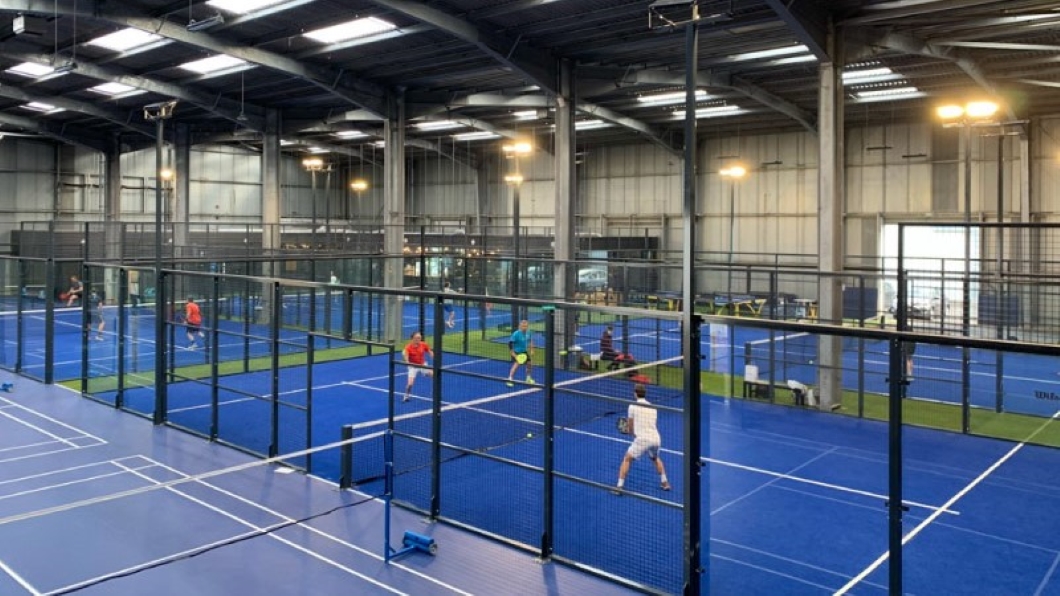 P1000 PadelShot Saint-Étienne – Follow the surprise poster Vincent/Hugounenq – Couturier/Benmergui live
P1000 PadelShot Saint-Étienne – Follow the surprise poster Vincent/Hugounenq – Couturier/Benmergui live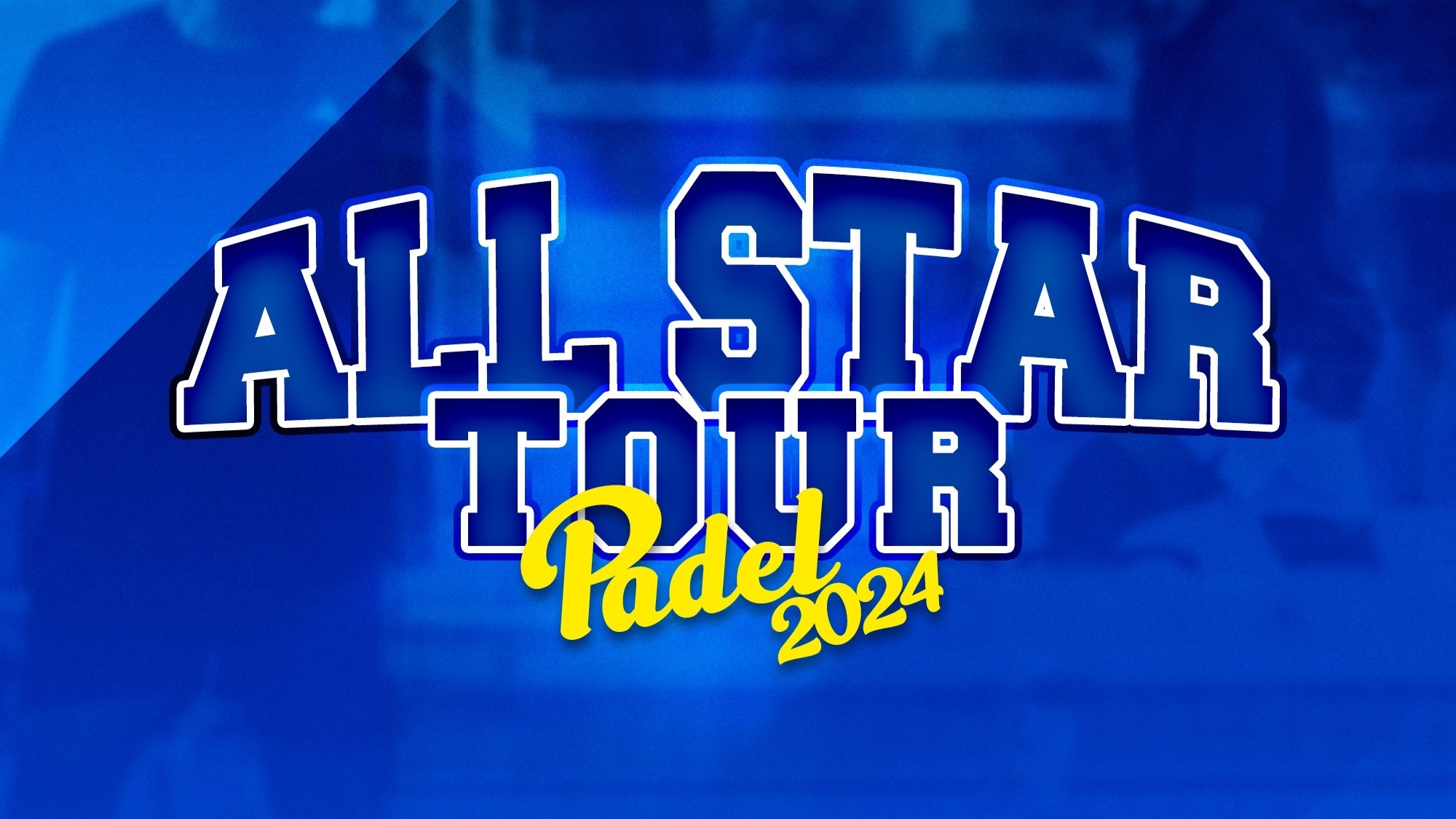 The All Star Tour returns on May 16 at the All In in Lyon
The All Star Tour returns on May 16 at the All In in Lyon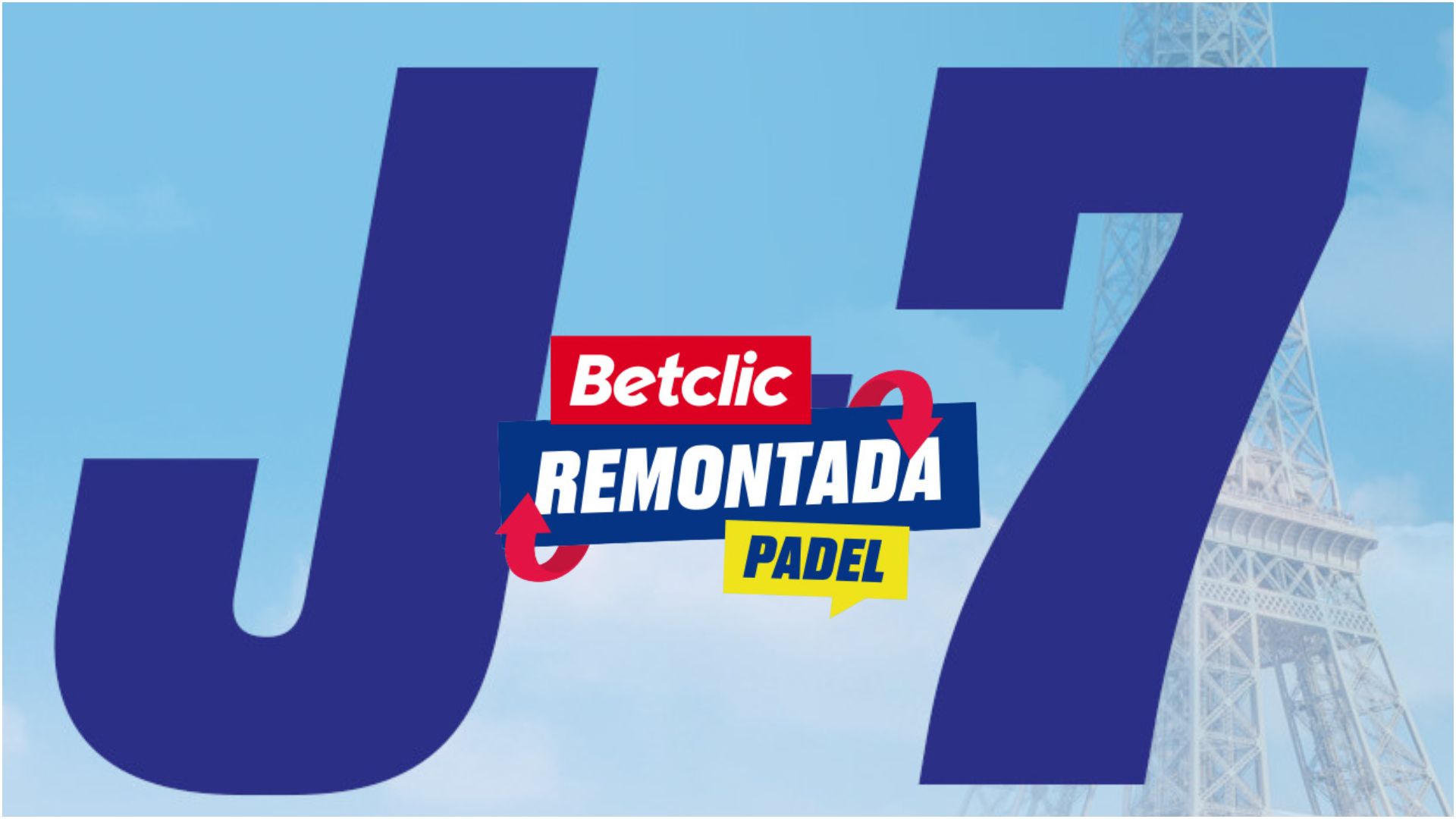 D-7 of the “BetClic Remontada Padel”, at the foot of the Eiffel Tower
D-7 of the “BetClic Remontada Padel”, at the foot of the Eiffel Tower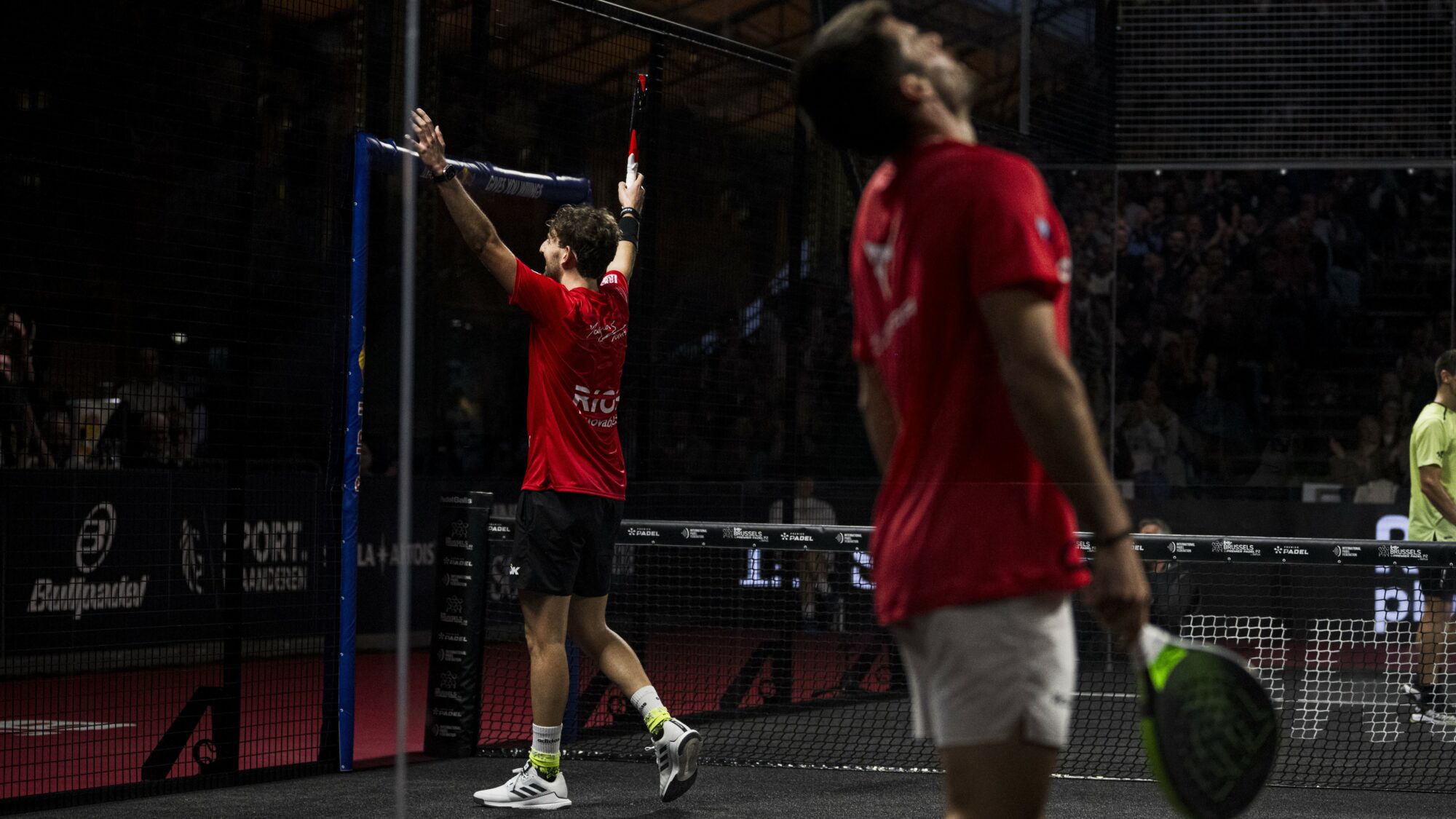 Obviously, Javi Garrido's service does not please Mike Yanguas...
Obviously, Javi Garrido's service does not please Mike Yanguas...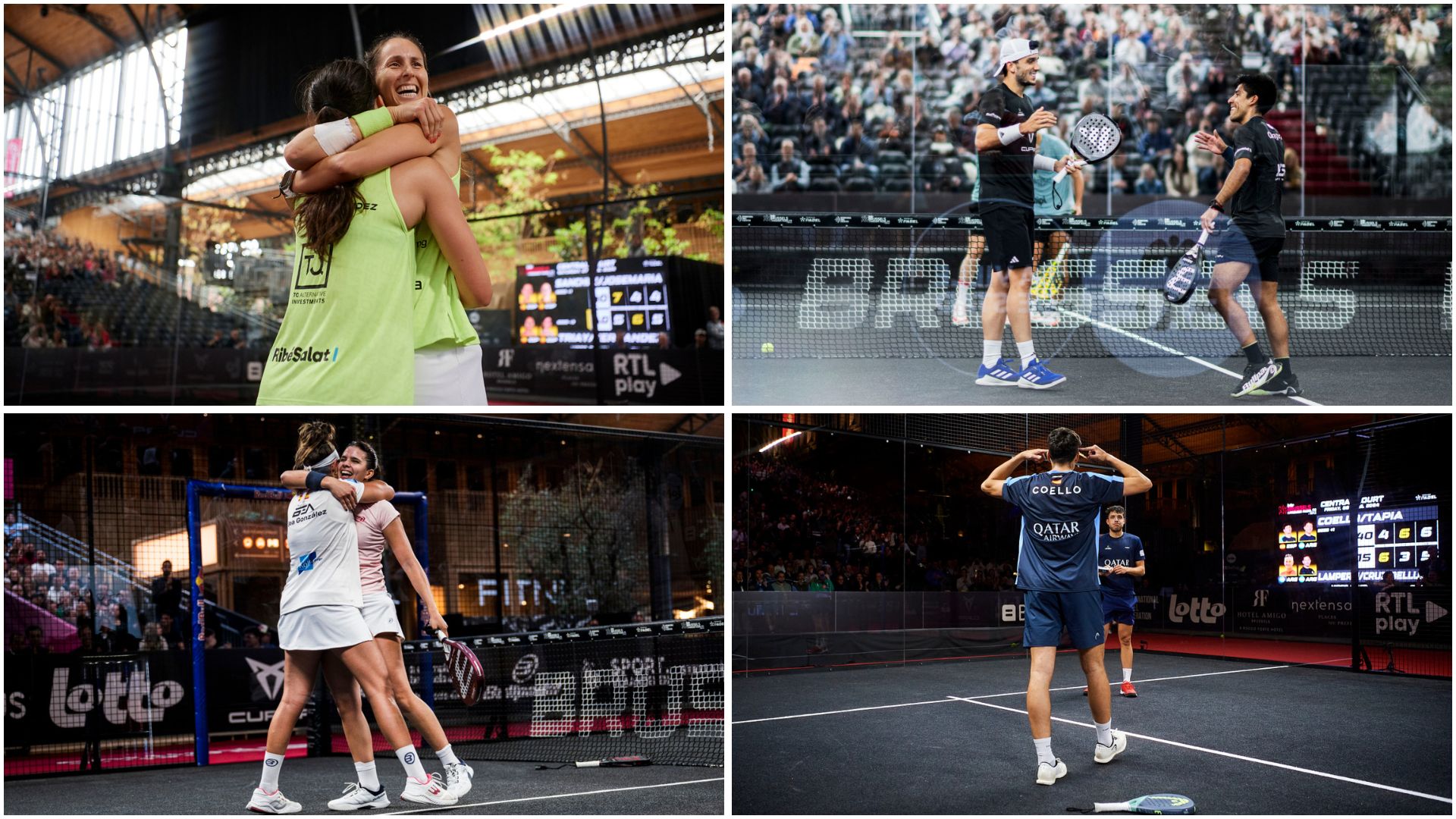 Premier Padel Brussels P2 – It’s time for the long-awaited finals!
Premier Padel Brussels P2 – It’s time for the long-awaited finals!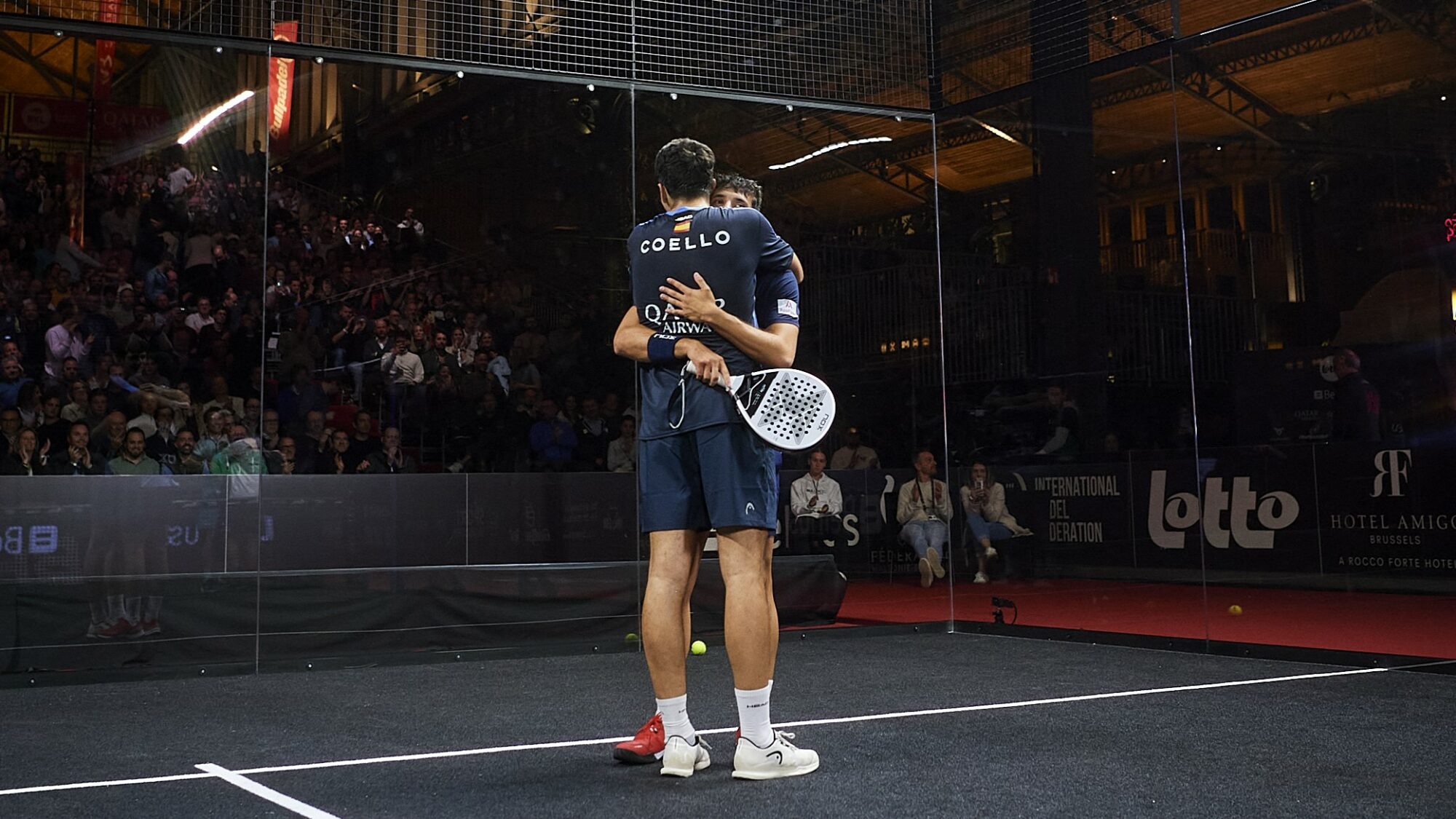 Premier Padel Brussels P2 – Arturo Coello and Agustín Tapia… obviously
Premier Padel Brussels P2 – Arturo Coello and Agustín Tapia… obviously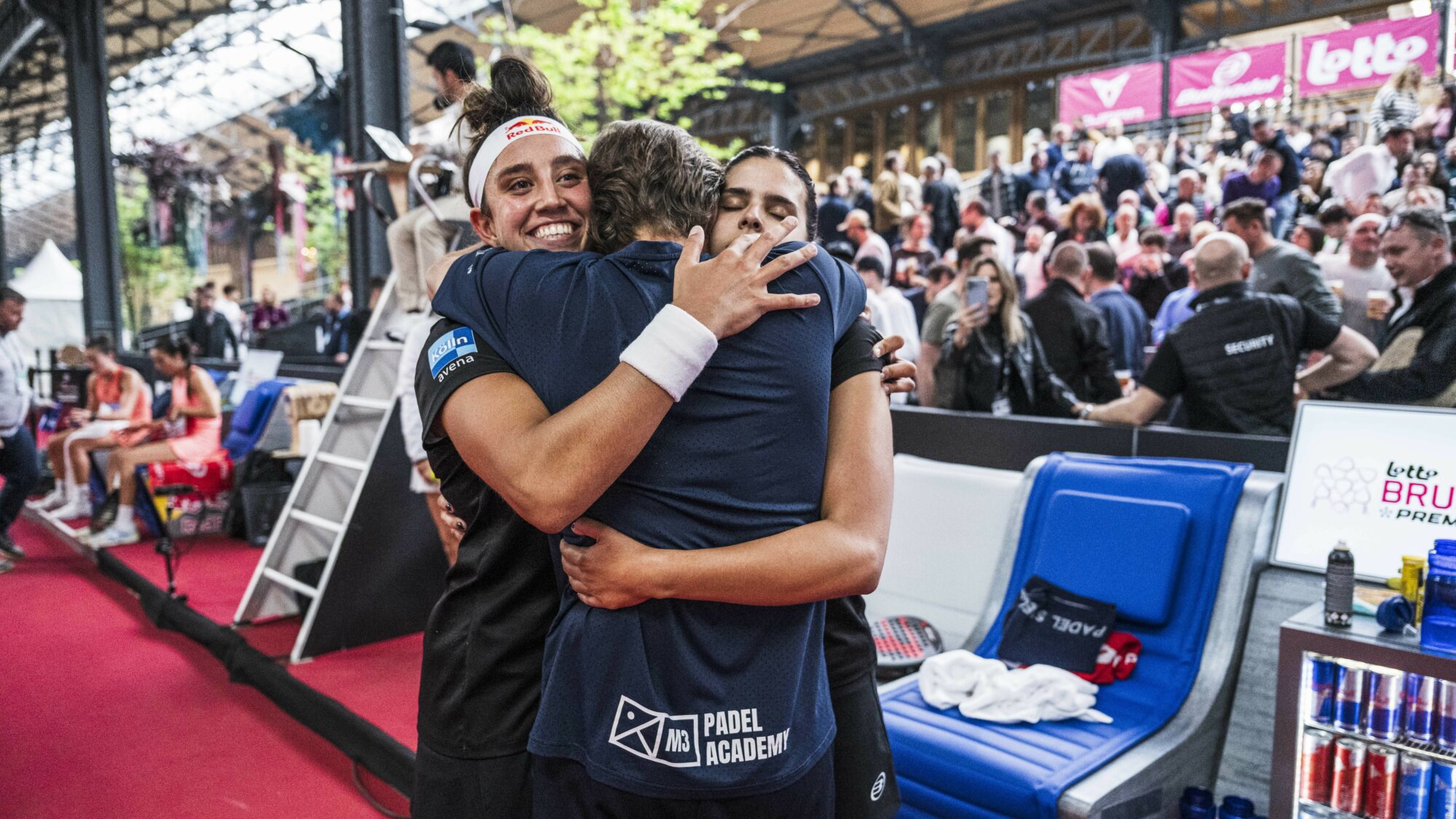 Premier Padel Brussels P2 – Brea/Gonzalez wins the arm wrestling against Salazar/Icardo
Premier Padel Brussels P2 – Brea/Gonzalez wins the arm wrestling against Salazar/Icardo José Manuel Escin at the inauguration of Casa Padel DOS: “Finally, and thank you!”
José Manuel Escin at the inauguration of Casa Padel DOS: “Finally, and thank you!” Padel Score comes to Tahiti for American Express Padel Cup!
Padel Score comes to Tahiti for American Express Padel Cup! Do you know the Rafa Nadal Academy Tour?
Do you know the Rafa Nadal Academy Tour? Play at padel on his yacht? Possible for €233.000!
Play at padel on his yacht? Possible for €233.000!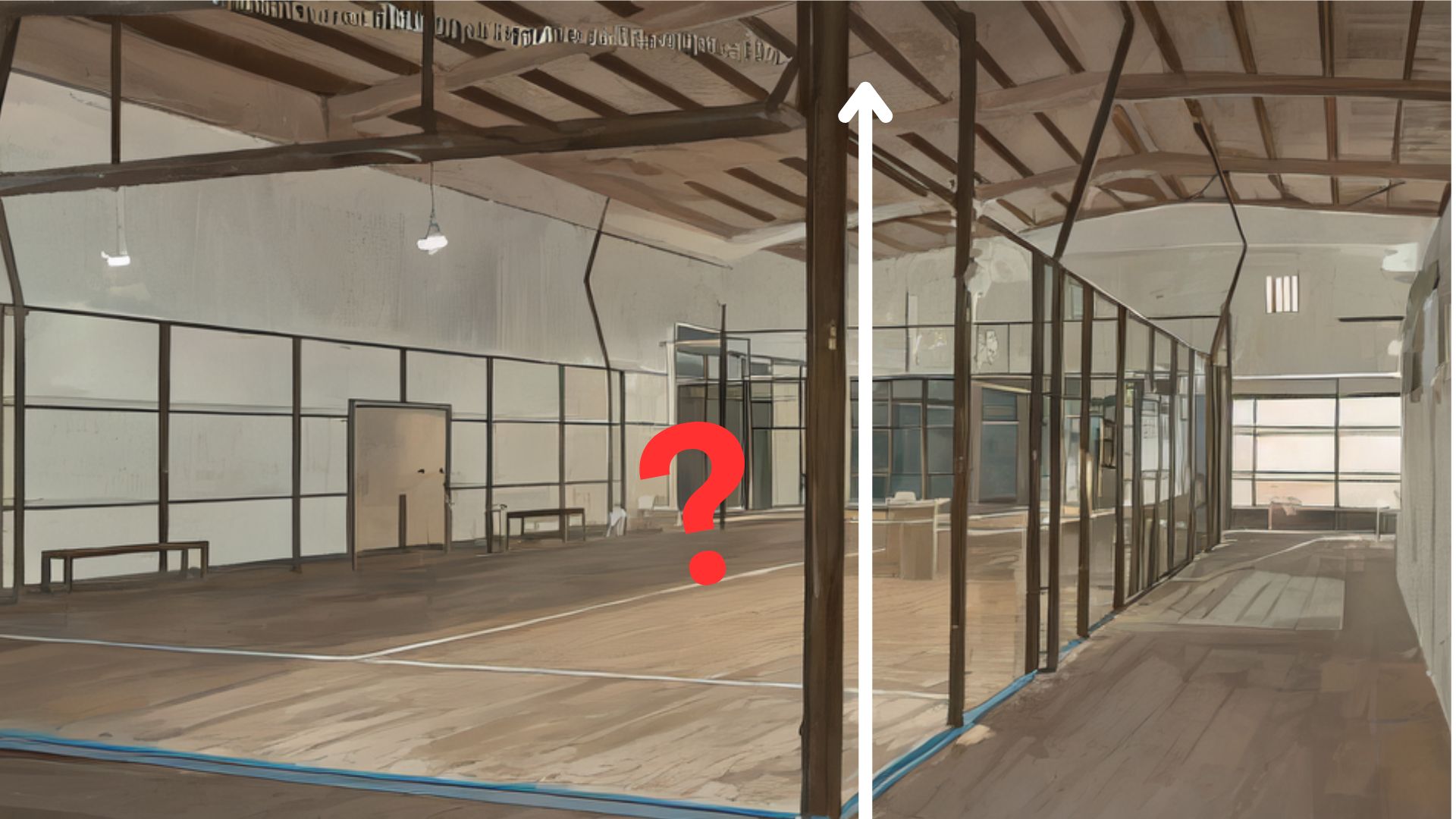 Find out everything about the dimensions of a plot of land padel
Find out everything about the dimensions of a plot of land padel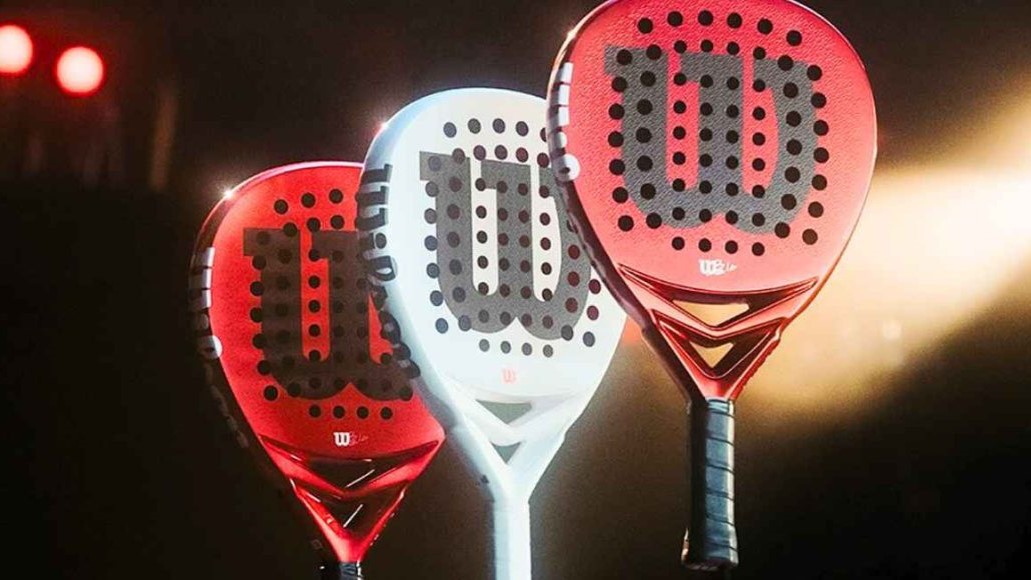 Presentation of the Wilson Bela V2.5 collection
Presentation of the Wilson Bela V2.5 collection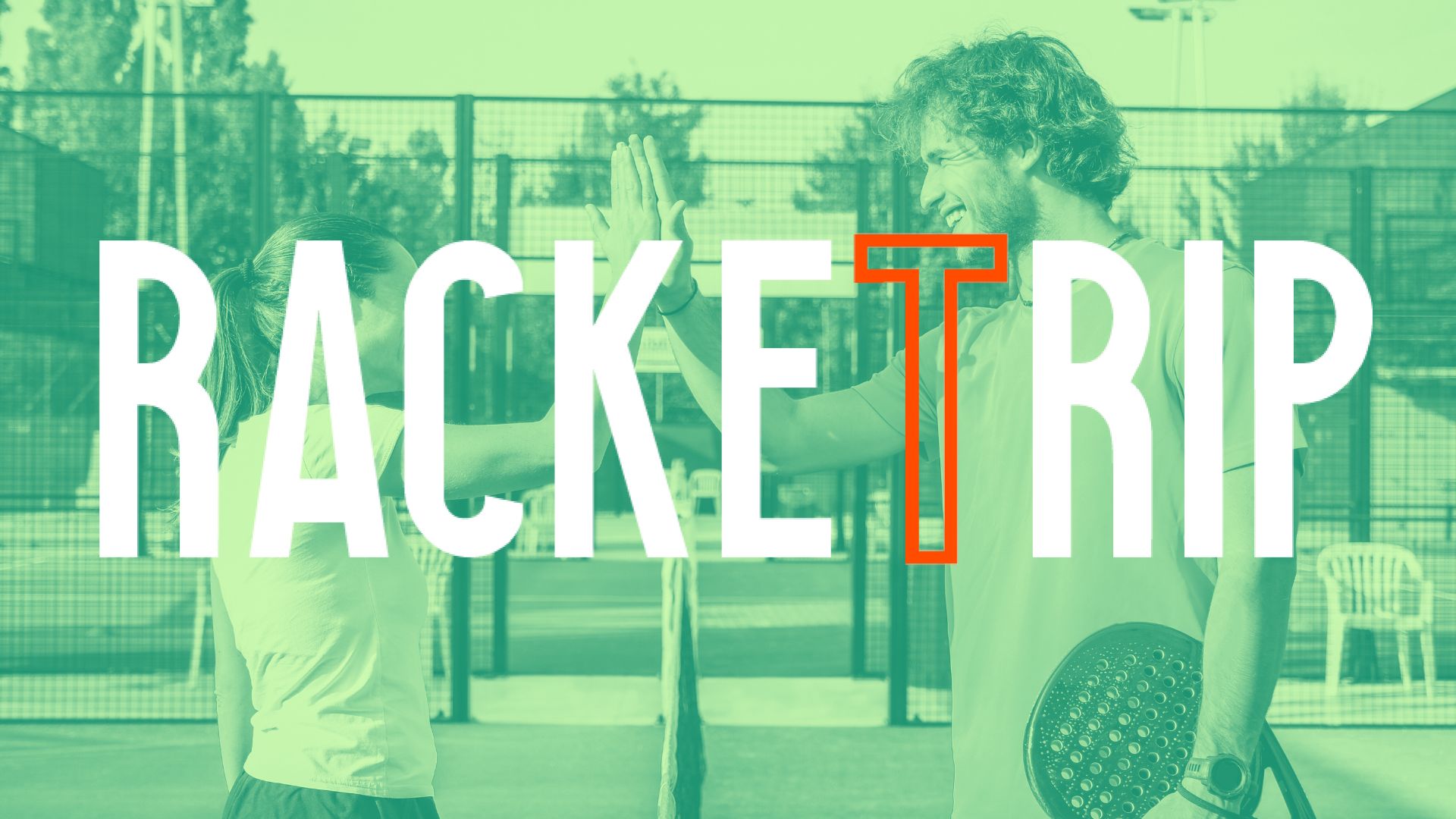 The LinkedIn of racquet sports: Racket Trip
The LinkedIn of racquet sports: Racket Trip The score at padel : manual
The score at padel : manual At the heart of padel – Episode 25: Paul and Andoni answer your questions
At the heart of padel – Episode 25: Paul and Andoni answer your questions At the heart of padel – Episode 23: defend the window well
At the heart of padel – Episode 23: defend the window well Prohibition on playing topless Padel : the reasons
Prohibition on playing topless Padel : the reasons FIP Tour – Going far from Europe, THE strategy to earn points!
FIP Tour – Going far from Europe, THE strategy to earn points! What is a good football player? padel ?
What is a good football player? padel ? “Lefties give me headaches when I play against them!”
“Lefties give me headaches when I play against them!” At the heart of padel – Episode 14: how to earn points in winter?
At the heart of padel – Episode 14: how to earn points in winter? The basic tactics of padel
The basic tactics of padel A par 4 is always a winner...even if you manage to defend it!
A par 4 is always a winner...even if you manage to defend it! Carbon fiber VS fiberglass: what to choose?
Carbon fiber VS fiberglass: what to choose? How to effectively test a racket padel ?
How to effectively test a racket padel ? La padel to fight Parkinson's disease
La padel to fight Parkinson's disease Don't play with a cracked or broken racket, your body will thank you!
Don't play with a cracked or broken racket, your body will thank you! Michel Cymes: “The padel, physically, it’s serious!”
Michel Cymes: “The padel, physically, it’s serious!” Our Top 10 training courses padel in France and Europe
Our Top 10 training courses padel in France and Europe Jeremy Gala: “Promote the padel among young people in Belgium remains a challenge”
Jeremy Gala: “Promote the padel among young people in Belgium remains a challenge” The French Touch Academy organizes its selection day Padel-Study
The French Touch Academy organizes its selection day Padel-Study Report on the detection and training of younger generations
Report on the detection and training of younger generations
Hello,
I see you write that “In the rally, after a bounce on the ground, the ball may touch any other surface except the ground of its own court. Thus, the door handle, the fences and the walls are an integral part of the land. ”
If the ball I return hits the fence on my side and lands correctly in the opponent's court, is that okay?
Hello,
No this is wrong! It can touch the windows on your side and then go to the opposing camp, but not the gates.
Great that's what I thought. Because the president of the tennis club /padel or I play supported myself the opposite. Thank you 🙂